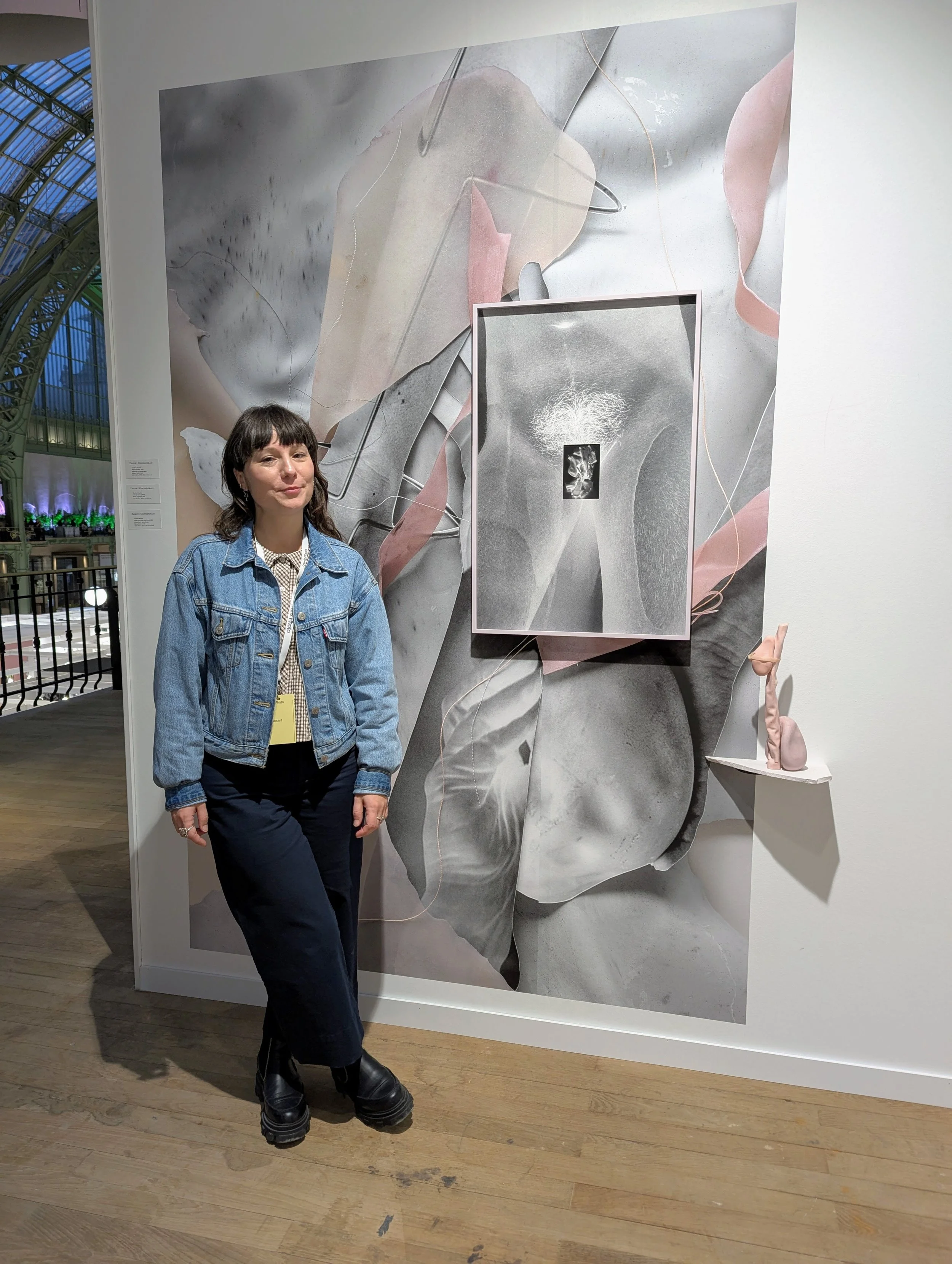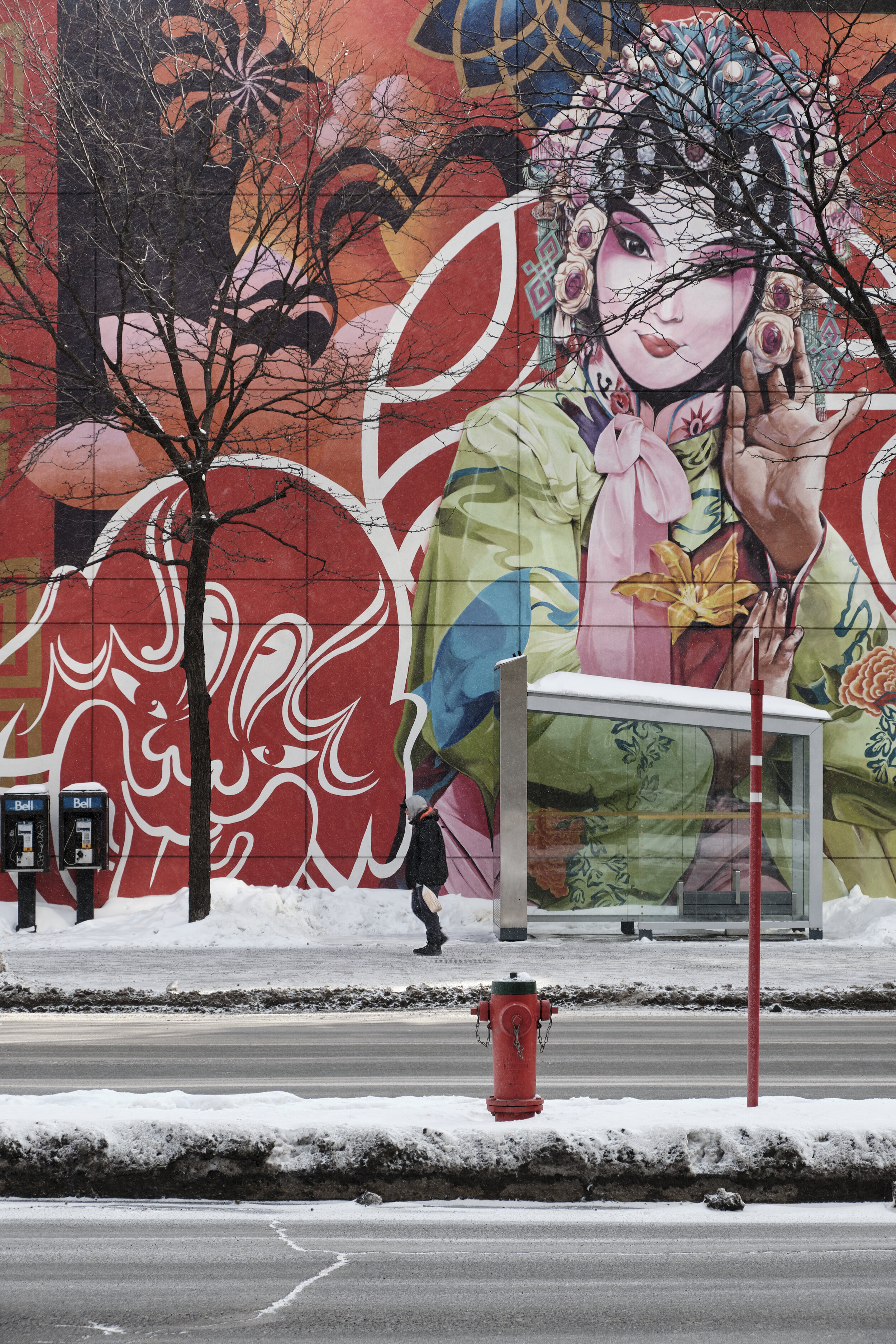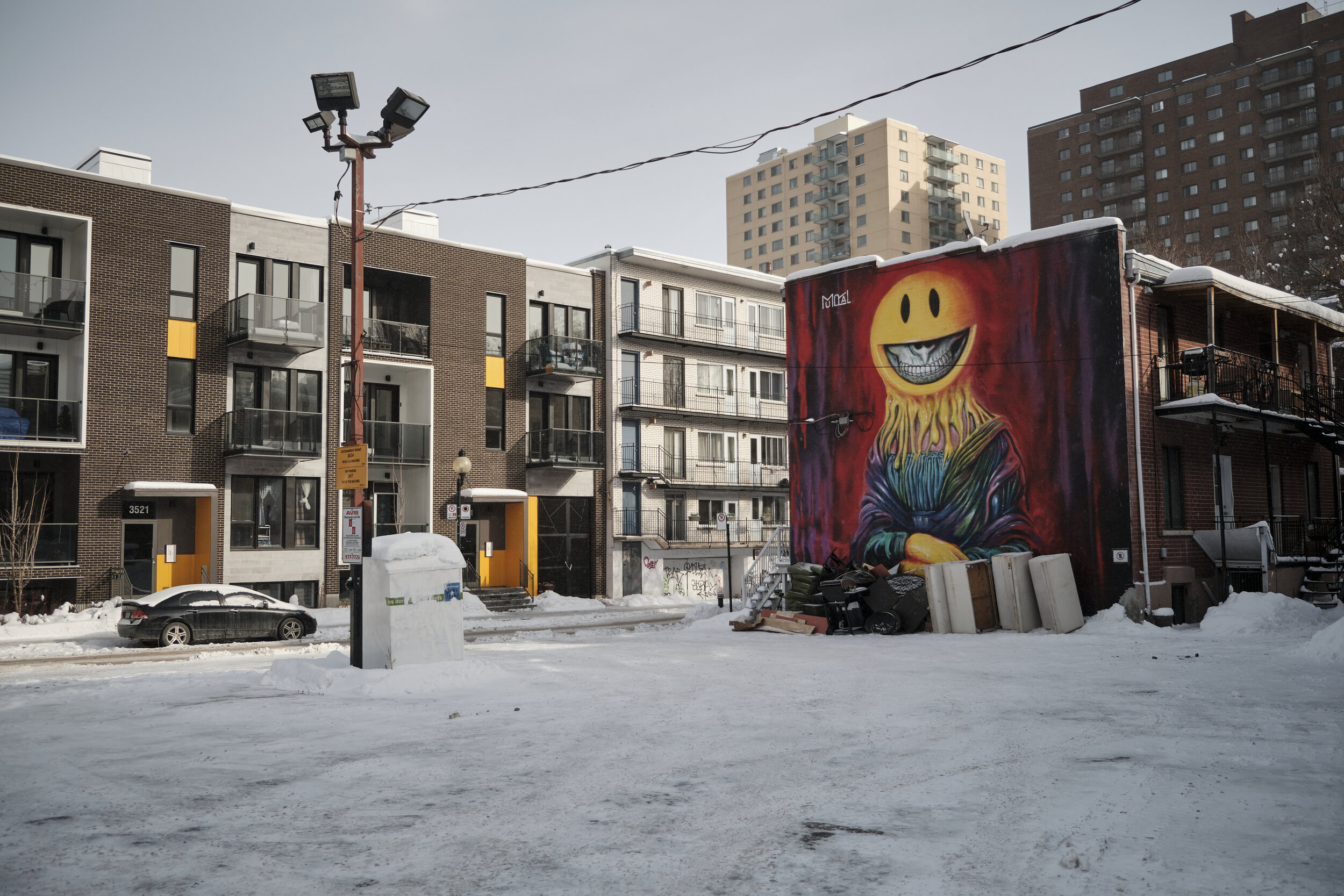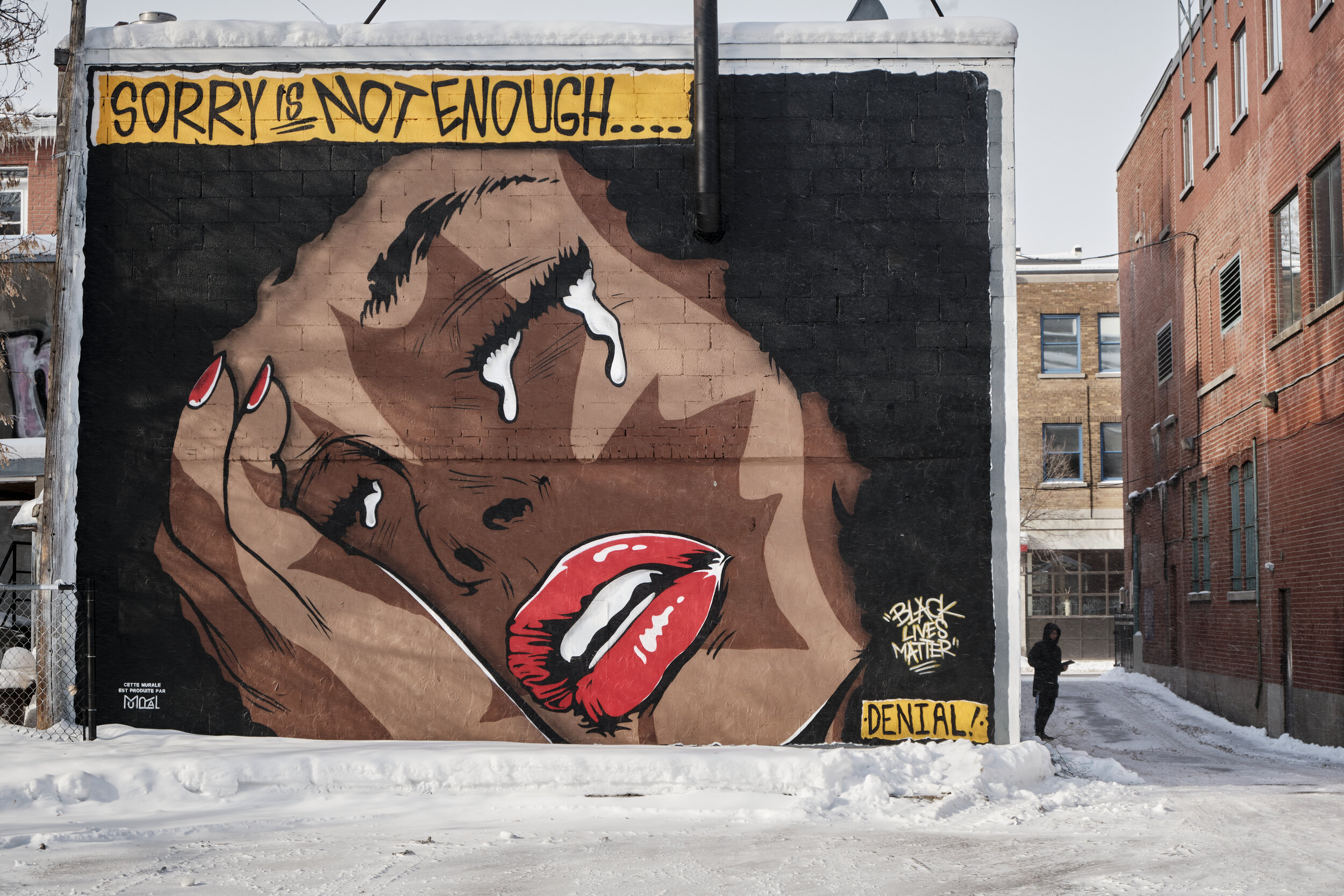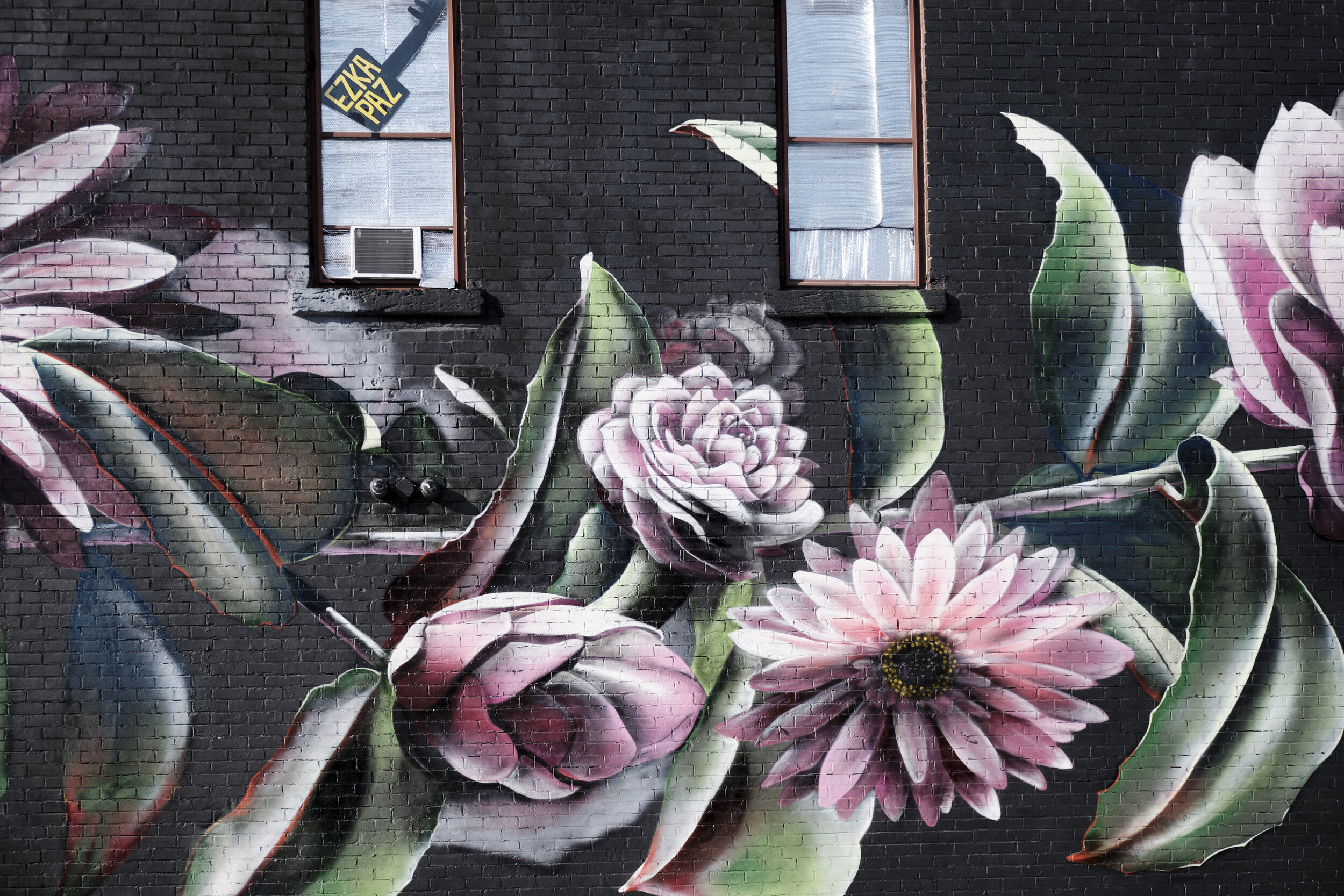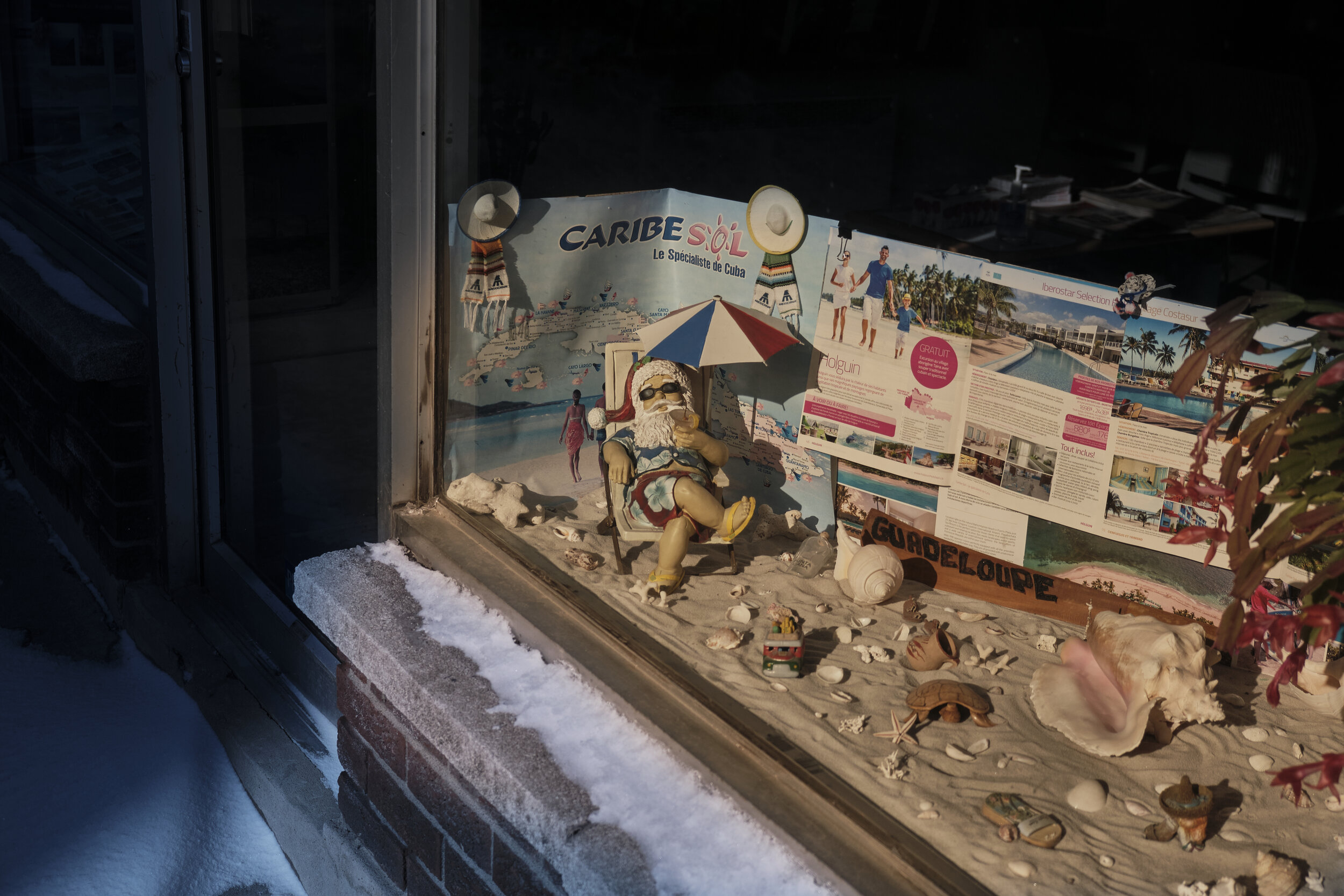At 82 years of age, Geoffrey James is no newcomer to making photographs of the built environment. Whether it has been manicured European gardens, the carefully designed parks of Frederick Law Olmsted, the poured concrete maze of Toronto, or cell interiors during the last days of the Kingston Pen, James has turned a practiced eye on the stories that places tell about themselves. And he has been recognized for his work along the way, being the subject of a major retrospective at the National Gallery of Canada in 2008, receiving the Governor-General’s Medal for Visual and Media Arts in 2012, and being named Toronto’s first Photo-Laureate in 2016. In short, he has been exhibited, published, celebrated and written about—an enviable career for any photographer in this country.
I was glad to have the chance to interview Geoffrey James recently about his beautifully produced new book, Canadian Photographs, released this October. The volume benefits from the inclusion of an in-depth conversation with Peter Galassi, former chief curator of photographer at MoMA, and James sees the whole as “very much a book for its time, and one that I hope becomes more interesting over time.”
Time is certainly a major visual player across the photographs, many of which appear to have been made in locations that are in transition or are, frankly, rundown. This is not always the perky Canada of the calendars that fill bargain bins in big box stores. Instead, there are often pictures of tired people and tired locations. As the photographer has said, he is trying “to make a portrait of a friend who is not perfect.”
So, it is perhaps not surprising that James’ title is an allusion to the Walker Evans’ 1938 MoMA exhibition and catalogue, American Photographs, a study of the Depression-era U.S. through its people and small towns. “I made these photographs as more of a diary in a way,” says James, “while Evans’ book came directly out of commissions and people like Robert Frank had a project with a shooting script. I didn’t have that.” There are some important points of affinity between the two books, however. For example, a quote on the dustcover of Evans’ first edition labels him “a kind of disembodied, burrowing eye, a conspirator against time and its hammers,” an observation that fits Geoffrey James’ own work in Canadian Photographs.
The photographs are busier, looser and more peopled than much of his earlier work, and his eye flits from the city to the rural, often by way of a landscape caught half-dressed in a changing room—recent countryside putting on its new suburban clothes. Some of the sense of movement no doubt comes from James trading in his slow view camera for a snappy, digital Leica. And some of it can probably be traced to the origins of the 14-year project: photographs made through the windows of VIA trains.
But the most important change in this collection of images is perhaps one of tone or mood. It often seems wistful, a suggestion that James denies: “It’s not wistful, it’s just questioning; photographing things as they are.” Nevertheless, as the photographer explains what he means by “things as they are,” it is hard to escape a sense of loss, or even lament: “I don’t know if I can characterize those emotions that clearly. Some of them are about what we’re doing in Montreal, Ottawa, or Toronto. You live in all these places, especially in the 905 where we are compounding errors of development that continue to this day.” In one location, he remembers, “I came across an entire huge orchard with every tree chopped down. The Europeans now look at us and study what not to do. There, there’s a plan to it; here, there’s sprawl.” Turning from the urban to the rural, James is concerned about the decline of arable land: “about 50% of the best land is visible from the top of the CN Tower and we’re just paving it over.”
As the interview draws to a close, James rightfully points out that this is far from being the only theme in his new work: “This is not a book about bad town planning, because there are wonderful things to see too. There is always an element of chance, and I didn’t really choose specific locations. I shot as I wanted.”
And perhaps that is characteristic of a real visual diary, or of any honest diary. Some entries we make on good days, and others on not so good days. It’s a long conversation between time and us, and it is all the stuff of life.
Canadian Photographs — Geoffrey James
Hardcover, 2024, 144 pages
CDN $45.00 plus shipping Figure 1 Publishing
Also available from online retailers













